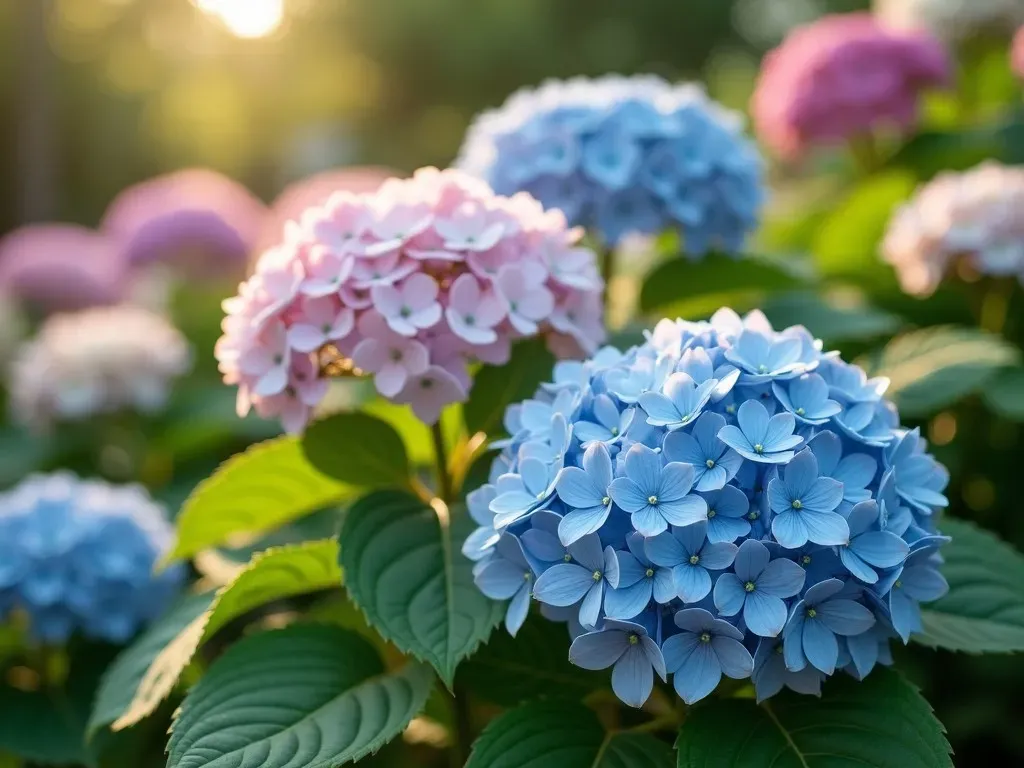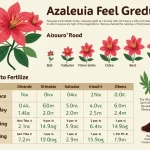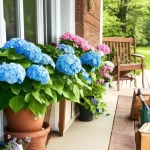The term new growth on hydrangea refers to the fresh stems and leaves that emerge on these beautiful plants each spring. Understanding this growth is crucial for ensuring that your hydrangeas thrive and bloom beautifully throughout the season.
Understanding New Growth vs. Old Wood Hydrangeas
Hydrangeas can be broadly classified into two categories based on their blooming patterns: old wood hydrangeas and new wood hydrangeas.
- Old Wood Hydrangeas: These plants produce blooms on growth from the previous year, including varieties like hydrangea macrophylla (Bigleaf). If they are pruned at the wrong time, you may lose potential blooms.
- New Wood Hydrangeas: Varieties such as Hydrangea paniculata (Panicle hydrangeas) produce flowers on new growth developed during the current growing season. This type is generally more resilient to winter damage as the newer growth can flourish even if old wood is lost.
Table: Comparison of Hydrangea Types
| Type | Examples | Blooming Pattern | Ideal Pruning Time |
|---|---|---|---|
| Old Wood | Hydrangea macrophylla | Blooms on previous year’s growth | Late summer to fall |
| New Wood | Hydrangea paniculata | Blooms on current year’s growth | Early spring |
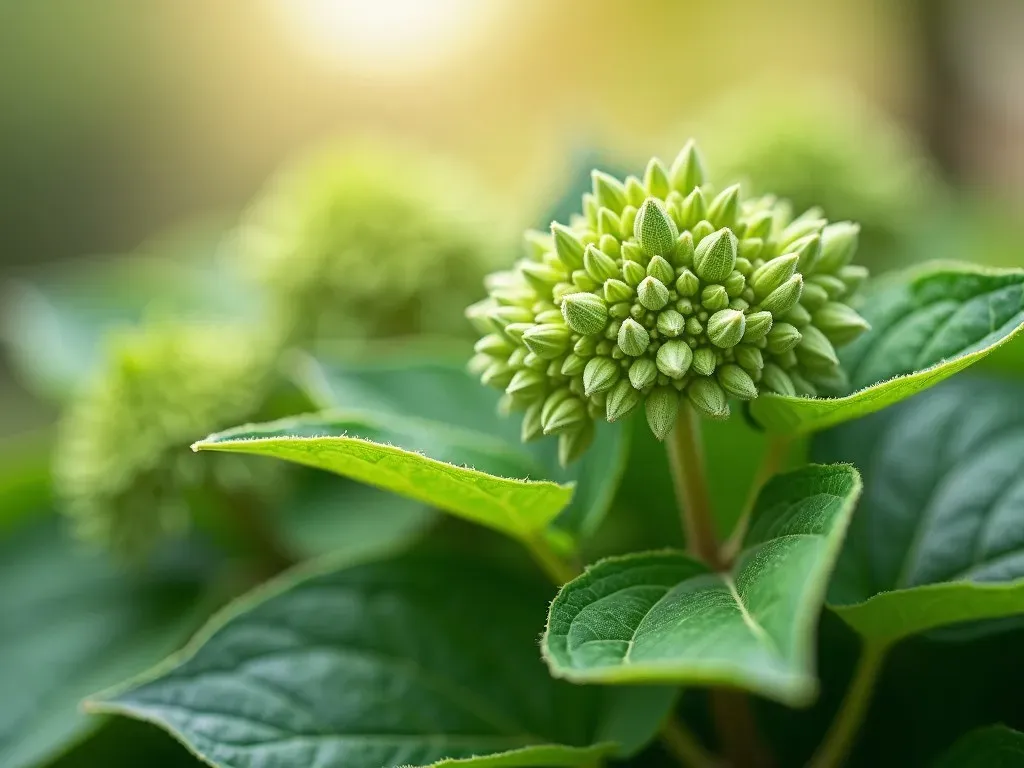
The Importance of Pruning for New Growth
Pruning plays a vital role in promoting new growth on hydrangeas. Properly timed pruning allows light to reach the inner parts of the plant, improving air circulation and reducing the risk of disease. Here’s how to correctly prune your hydrangeas based on the type:
-
Old Wood Pruning: For plants that bloom on old wood, such as mophead hydrangeas, prune immediately after blooming. This is to avoid cutting off buds that will produce flowers the following season.
-
New Wood Pruning: For those that bloom on new wood, such as panicle hydrangeas, prune in early spring to encourage vigorous new growth. In extreme cases, you can cut them back significantly to the ground, leading to more robust blooms.
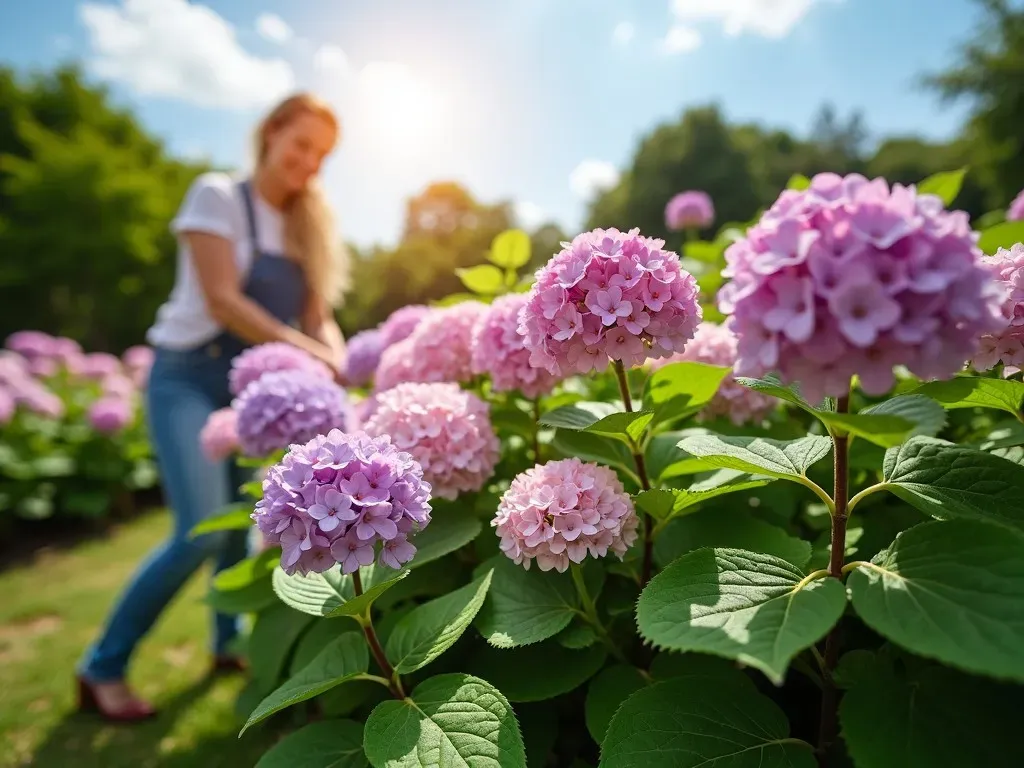
Identifying New Growth on Hydrangeas
Recognizing the new growth on hydrangeas is essential for effective care. New growth typically appears lighter in color and is less rigid compared to older stems. Here are some signs to look for:
- Color: Fresh stems are usually a bright green or lighter shade than the woody stems.
- Texture: New growth is softer and more flexible.
- Foliage: Leaves on new growth will be newly emerged and generally more vibrant than those on old wood.
List: How To Identify New Growth
- Look for branches with three or more pairs of leaves; they are often lighter and not as tough.
- Notice the absence of flower buds on the new growth; older stems will still hold onto last year’s flower buds.
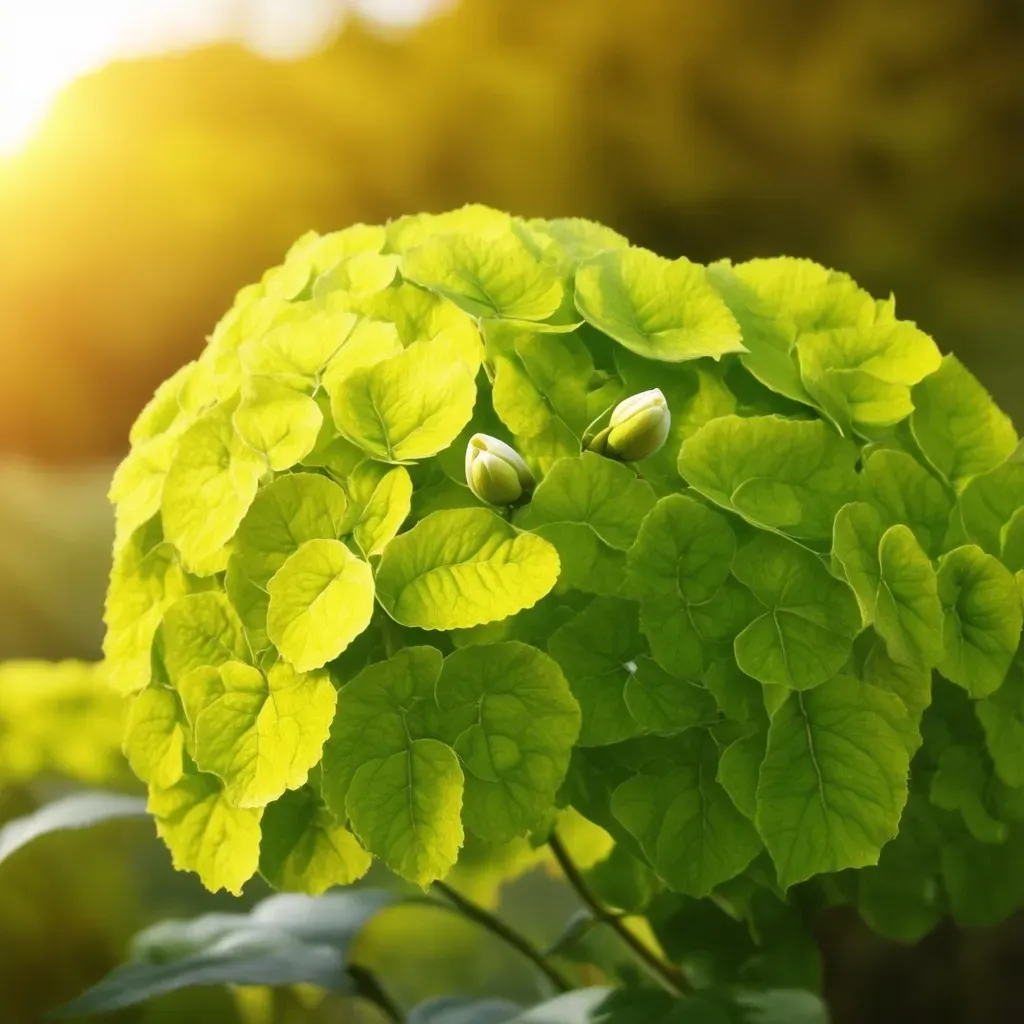
Favorable Conditions for New Growth
Maximizing new growth on hydrangeas involves creating an ideal environment for these plants. Here are some critical factors to consider:
-
Soil Quality: Hydrangeas prefer well-draining, fertile soil. Incorporating organic matter like compost can improve soil health.
-
Sunlight: Most hydrangeas thrive in partial shade to full sun. Ensure your plants receive adequate light, particularly in the morning.
-
Watering: Regular watering is crucial, especially during dry spells. Aim to keep the soil consistently moist but not soggy.
-
Fertilization: Use a balanced fertilizer in early spring to support healthy growth, being careful to follow package instructions regarding application rates.
FAQs About New Growth on Hydrangeas
Q1: Which hydrangeas bloom on new wood?
A1: Hydrangea paniculata and Hydrangea arborescens are two common varieties that bloom on new wood.
Q2: How can I encourage more new growth on my hydrangeas?
A2: Ensure they are properly pruned, have adequate sunlight, moisture, and nutrients in the soil. Additionally, consider mulching to conserve moisture.
Q3: Does all hydrangea new growth bloom?
A3: Not all new growth will bloom. Various factors such as plant health, nutrient availability, and the specific hydrangea variety can influence blooming.
Q4: How do I recognize dead wood on hydrangeas?
A4: Dead wood is typically dark, brittle, and doesn’t produce leaves or flowers. If you find branches that are not producing new buds or leaves in the spring, they’re likely dead and should be pruned.
Hydrangeas That Thrive on New Growth
Several exciting new hydrangea varieties are available, particularly those that bloom on new growth. Notable mentions include:
-
Endless Summer Series: These hybrids bloom on both old and new wood, providing a longer bloom time in your garden.
-
Lacecap Hydrangeas: Known for their unique flower structures, these can produce blooms even in shady conditions.
For more information on Hydrangea Care and varieties, visit Monrovia’s Hydrangea Care Guide.
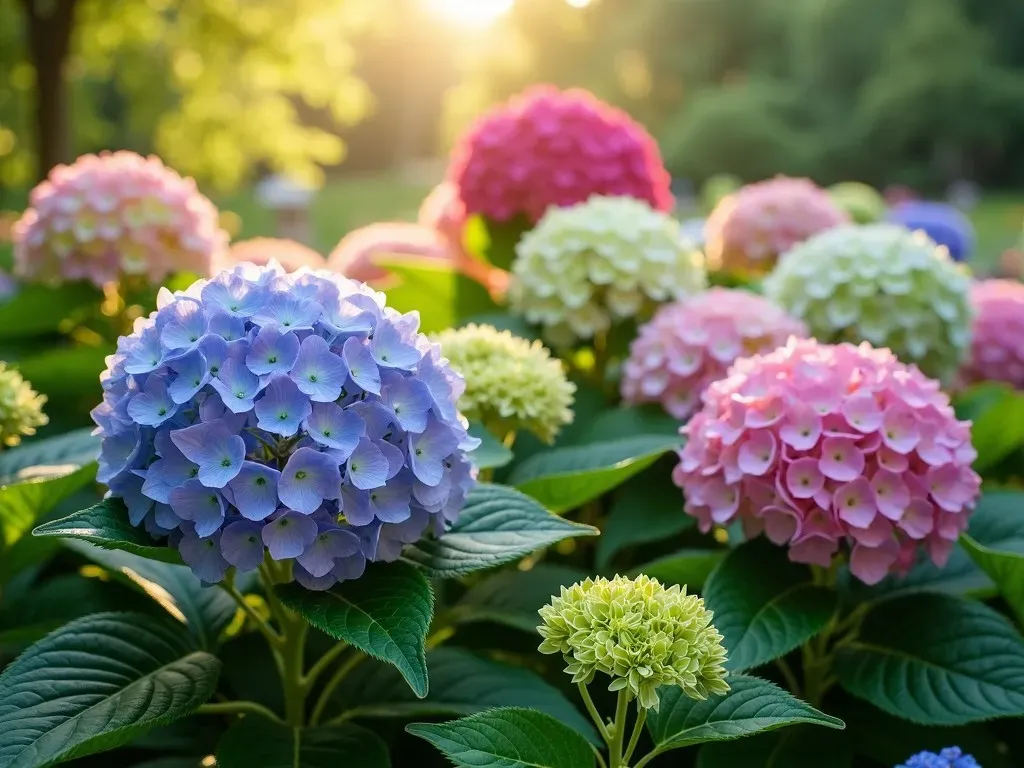
Common Mistakes to Avoid
Many gardening enthusiasts may unintentionally inhibit new growth on hydrangeas. Here are a few common mistakes to watch for:
- Improper Pruning: Delay pruning for old wood varieties until after blooming.
- Ignoring Soil Needs: Neglecting to amend soil can lead to weaker growth and blooming.
- Over-Watering or Under-Watering: Both can severely affect plant health.
- Choosing the Wrong Location: Placing hydrangeas in very dense shade or overly sunny spots can limit blooming potential.
Final Thoughts
Understanding and fostering new growth on hydrangeas creates the opportunity for vibrant blooms and lush foliage. By practicing proper care, pruning techniques, and providing the right growing conditions, your hydrangeas can thrive beautifully and enhance your garden’s aesthetics. Happy gardening!
